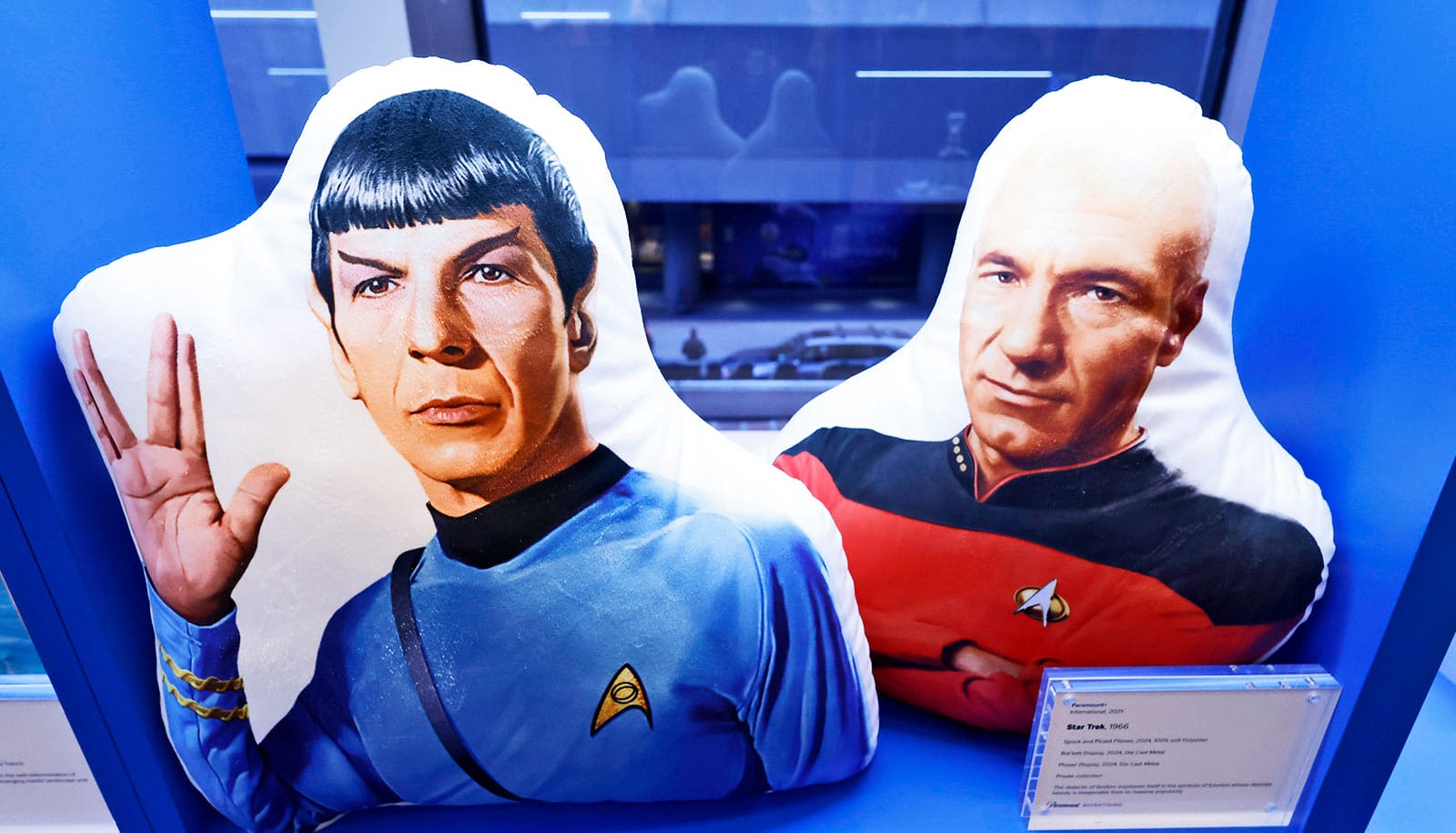Dr. Frankenstein and his monster weren’t always pop culture icons, but the book did strike a nerve almost as soon as it was published.
In this video, you can take a look at some illustrations from the D.B. Dowd Modern Graphic History Library at Washington University in St. Louis showing Frankenstein’s many iterations in pop culture.
In 1823, just five years after Frankenstein’s publication, the actor T.P. Cooke starred in the first dramatic adaptation of the work called Presumption; or, the Fate of Frankenstein. This was the only adaptation of the work during Mary Shelley’s lifetime.
In the United States in 1910, Edison Studios created the first movie about Dr. Frankenstein. But it wasn’t until the 1930s that the iconic Frankenstein image was created thanks to Universal Studios. James Whale directed Universal’s Frankenstein, which came out in 1931.
Boris Karloff’s portrayal of the monster with a square head and bolts coming out of his neck became the iconic Frankenstein monster image that we still recognize today. Universal went on to release Bride of Frankenstein in 1935 and Son of Frankenstein in 1939.
By this time, the image of Frankenstein’s monster started to appear in comic books in serialized stories. One of the earliest was Prize Comic’s Frankenstein, which appeared in 1940.
In the height of the comic book age, in the 1950s, there were several Frankenstein stories from DC, Marvel, and other comic book companies. These usually had nothing to do with Mary Shelley’s original story. The monster, usually called Frankenstein, would sometimes be a persecuted wretch, a violent monster, or even a superhero.
Why we go crazy for gross stuff on Halloween
In 1957, Universal syndicated 52 of their pre-1948 horror films for TV. This led to a rise in the popularity of monster merchandise and cementing of Universal as the icon for portrayals of Frankenstein’s monster and Dracula.
Even today, the story of Frankenstein is being retold in new ways including in Victor LaValle’s latest comic book Destroyer, about a young African-American boy who is killed by police. His mother, a scientist, is able to bring him back to life.
Source: Rosalind Early and Tom Malkowicz for Washington University in St. Louis



